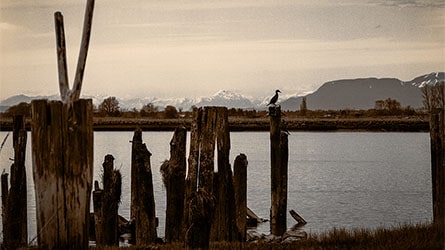Film photography has seen a major resurgence since 2015, and that’s for some really good reasons.
Whether Film Photography is worth it for photographers in 2023 comes down to three questions: Do you value slowing down and making images with your hands? Does you need consistent, sharp, and regular images? And can you tolerate the risk of losing photographs?
These are the three main benefits and drawbacks of film photography, that I’ll get into in the next sections since there’s no simple, one-line answer. When you’re looking at making money out of photography, it no longer becomes about having fun and enjoying the medium. Hobbyists are usually the only ones who get the luxury of shooting what they want to shoot.
I’ve also omitted film colors and the appearance of grain over noise, because the reality is, if you want this look, you can get it with digital cameras. Many professional photographers, services, and bloggers have developed their own professional presets that effectively mimic film.
And yes, that includes Aerochrome, and Lomo Purple. If the look of film is the main reason that you want to shoot it, then these presets might be a good, cheaper, place to start.
Do you value slowing down and creating images with your hands?

This is one of the biggest benefits of film photography. Even if you have a camera with autofocus, it’s not anywhere near as good as modern digital cameras. At least with digital, it doesn’t cost you money for every missed frame. So film photography requires the artist to slow down, make sure they’re focusing accurately, and manually adjust the settings.
Many people love slowing down like this. It gives you extra time to think about composition, and to make more meaningful images, as opposed to the spray and pray style of digital. Of course, many digital photographers lament those who take thousands of photographs. It’s a waste of the camera’s limited shutter life, and takes up tons of space in digital storage.
The other half of film photography comes down to printing. Printing film images is a long process. But the darkroom gives you plenty of time to shape and create real images with your hands. Some people will never make a real print of their digital files, but the darkroom forces you to. These film prints make excellent additions to prints for clients, because they’re so unique. Most people have never seen a film print, so to hold an image of themselves in their hands is a unique and special experience.
But all of that takes longer, and costs more than digital photography. A single sheet of darkroom paper can cost as much as $5 for an 8×10. And getting a single good print takes a lot of sheets. If that’s something you’re willing to invest in, it will pay off and you’ll have a lot of fun. But It’s a long, hard road filled with many hours in a stuffy, smelly darkroom.
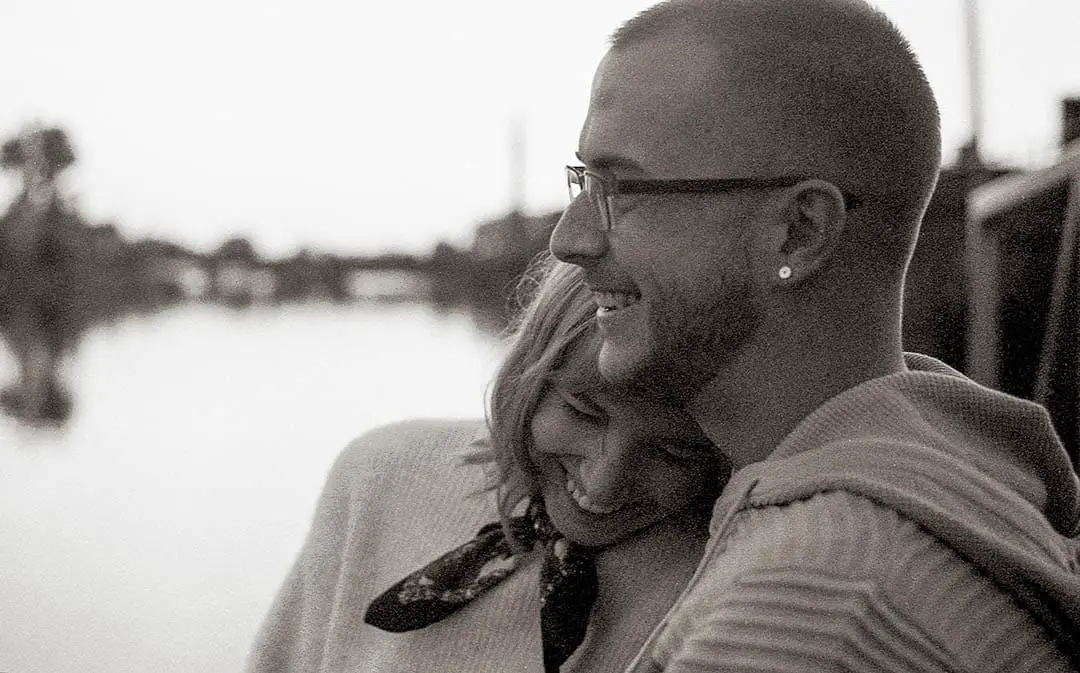
Do you require consistent, sharp, and regular images for your industry?
If you’re thinking of film photography as a way to make money, your industry has to have some tolerance for unsharp images. Industries like fashion, portraits, and wedding photography do prize images that slightly soften skin to remove unwanted texture. In fact, many photographers adopted soft-focus lenses, which were designed to be less sharp than traditional ones. Sharpness these days is prized on YouTube and blogs around the world, and modern editing makes it easy to remove texture, so lens manufacturers have given up on these types of lenses.
But if you’re in a highly technical field, like product photography, e-commerce, food photography, architecture, or any other field that pays really well, chances are you need consistently sharp images,which is extremely difficult when focusing manually. These industries also don’t tolerate inaccurate colours. And they definitely won’t be as understanding when your Portra has a blue shift from the water temperature getting 1.5°C hotter than last time. ← True story for another time.
Film cameras also require testing and maintenance to keep them working. Everytime you get a new camera, you’ll have to put it through a battery of tests to make sure it’s performing up to par. I recently bought a Zorki 6, which is a Russian Leica copy. The camera had a little metal bulge on the back plate that created a thick scratch all the way across my first roll, and the rangefinder didn’t line up with infinity, meaning the entire range was just slightly off. These small issues could have spelled catastrophe on a professional shoot if they weren’t checked with multiple cheap test rolls. But that testing process takes multiple, painstaking days. With film cameras, you have to be prepared to be let down.
The need for sharp images also applies to using film for family photographs. When you start shooting film, it feels magical in a way where unsharp images are more tolerable than they are on digital. Have a blurry digital photo of your 6-year-old scoring the winning goal in the biggest soccer game of their life? Trash. Take that same photo on film and it’s a gilded image that’ll be treasured for generations. But of course, there are many people out there who simply can’t tolerate unsharp images. If you’re one of those people, stick with digital and you’ll be much happier.
Can you tolerate the risk of losing photographs?
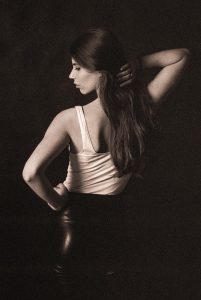
When you’re evaluating whether or not film is right for you, you need to determine what level of risk you’re willing to take. There is always the risk that a digital camera will fail. An SD card can burn out for any reason, the battery can die at a key moment, or some ocean spray could completely ruin the circuitry.
But film cameras have a whole other host of issues that can happen. I talked with the manufacturer who made the world’s latest spot meter at length about the issues of camera age. And these cameras can have all sorts of issues that you won’t learn about until you develop the film.
If you’re on a professional shoot, and the shutter keeps getting stuck at a certain place, you could lose all of your shots to light leaks. In this case, the camera might feel a bit strange when you advance the shutter. But it’s shooting, and everything else feels normal, so you continue on. You’ll only find out after paying for the developing, or when you take it out of your dev tank at home. If it’s bad, it could mean needing to do a total reshoot, or giving the client a refund.
And there’s all sorts of things that can go wrong when a mechanical device like a camera is stored in a closet for years. Lubricants gum up, circuitry gets corroded, knees don’t bend like they used to.
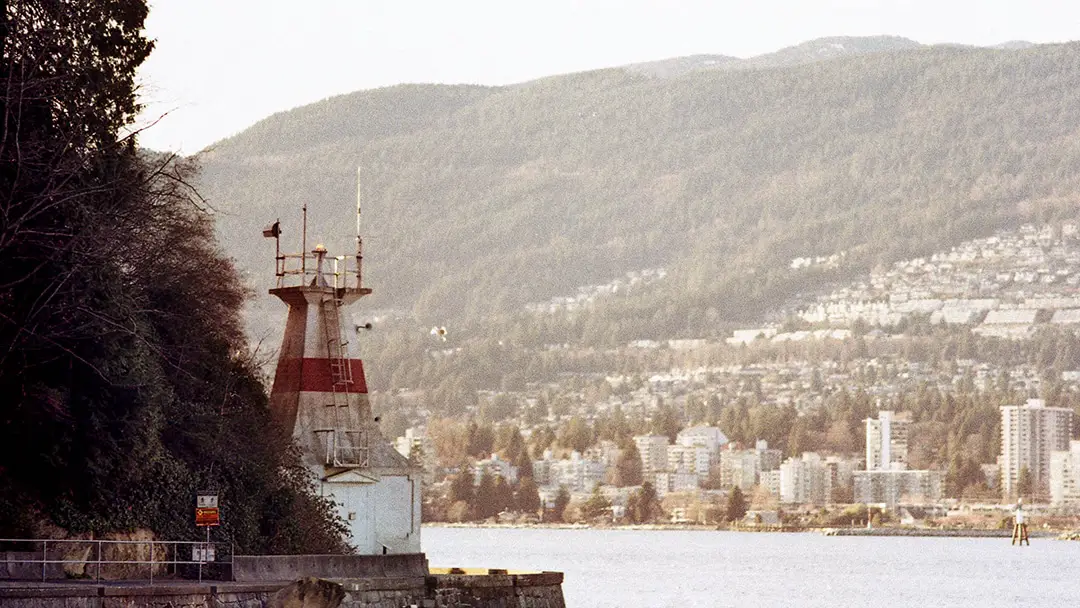
Why do I still shoot film?
I fell back in love with film photography 3 years ago. I tried it back in high school, and rediscovered the magic when I inherited my great grandfather’s old Pentax S3. The whole process is invigorating, and feels so much more personal.
I use film more in my everyday life outside of work, documenting friends, family, and landscapes along my journey. For my daily professional life, my Sony A7III is my go-to camera. It focuses when I need it to, and it’s dynamic range and ISO performance are incredible. That camera is an absolute workhorse for products, architecture, sports, and weddings. But it lacks some of the magic that film has. When I’m shooting professional, once-in-a-lifetime events like a wedding, I do shoot film, but I make sure to always have the moments on digital mediums as well. That way I don’t misplace a roll, or have a developing/light leak mishap that ruins the first kiss.
There is no greater feeling in the world than hanging out in a darkroom, and seeing the image develop in front of your eyes. One minute ago, you lit up a piece of paper through an acetate negative. And now that page is coming to life with all the intricate details. It feels three dimensional, and every step of the process is affected by your hands and a couple of simple, chemical processes.
That said, editing images on a screen through photoshop is still a fun process. I can make incredible changes that would require an extensively sophisticated darkroom on the planet to accomplish normally. But the photos that I treasure the most are the ones that came from my film camera.
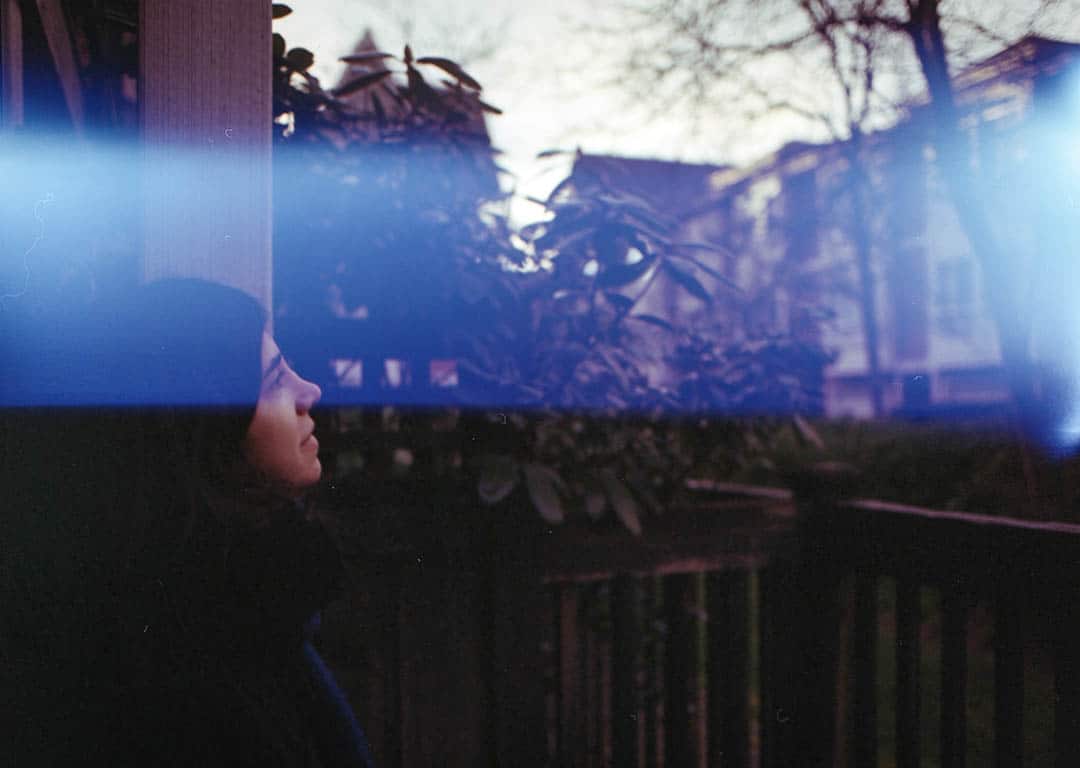
Does film still have a future?
But today, there’s a very different reality out there. According to the Routledge History of Photography, Fuji’s instant film was the top holiday seller on Amazon in both 2015 and 2016 and 2017 (the same year Kosmo Foto deemed “The Year Film Returned.” And if that’s not enough evidence that things are going well for film photographers and manufacturers, just look at how Lomography is thriving.
If sales at Lomography, Kodak, and Fuji say anything, it’s that film is a medium that’s sticking around. Film camera sales are through the roof, and businesses are making new products for film cameras like never before.
Kodak may even be releasing a new film in 2021. So there is plenty of reason for people to be celebrating the film revival. Even if it’s driving up prices, the certainty that it’s going to be around for a while longer is a refreshing change.
This also means that newer photographers are going to be able to enjoy this medium. And that’s always a major plus for everyone, as new life brings new ideas, brings new solutions and technology that’ll benefit everyone. Why do you still shoot film? I’d love to hear your thoughts on what makes it so appealing to you in the comments down below. Or you can tag me in a post, or send me a DM on Instagram. I can’t wait to hear what you all have to say!

By Daren
Daren is a journalist and wedding photographer based in Vancouver, B.C. He’s been taking personal and professional photos on film since 2017 and began developing and printing his own photos after wanting more control than what local labs could offer. Discover his newest publications at Soft Grain Books, or check out the print shop.

